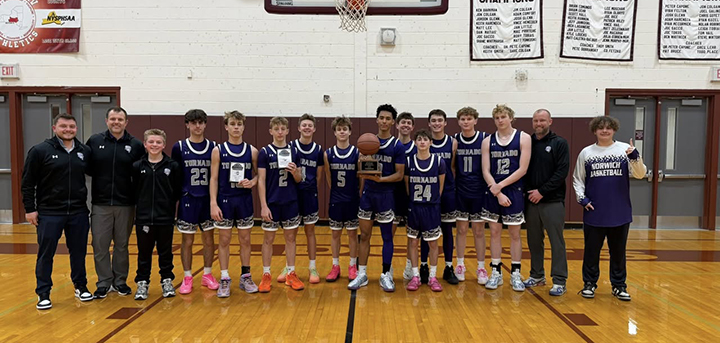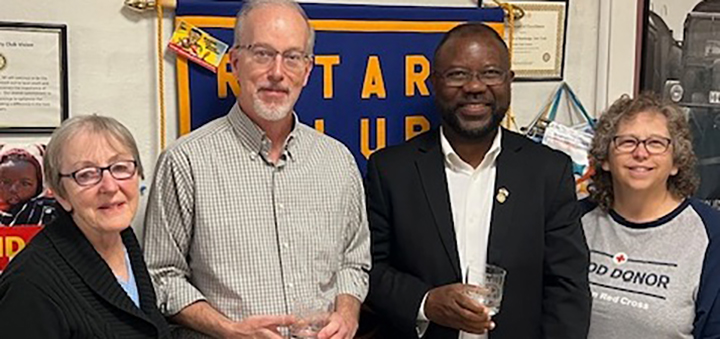Farmers Market Week promotes buying, eating local
NORWICH – Local food and direct marketing opportunities like those found at farmers markets all over the country are one of the fastest growing segments of agriculture.
This according to the United States Department of Agriculture (USDA), which celebrated the kick-off of National Farmers Market Week on Monday. Farmers Market Week, traditionally held during the second week in August, is being recognized across the nation as a way to spotlight a growing trade. Currently, 8,144 farmers markets are listed in the USDA’s National Farmers Market Directory - up from less than 5,000 in 2008.
In Norwich, the Chenango County Farmers Market saw its own growth this year with five new vendors that signed on early in the 2013 season. In all, there are more than 22 signed vendors who attend the market, selling an assortment of fresh produce, baked goods and homemade crafts.
“The Farmers Market is such a healthy thing to have in the community,” said Chenango County Farmers Market Manager Ellen Evans.
The word “healthy” has a two-fold meaning, she noted. “It’s healthy in nutrition and it’s healthy just to have available to the community ... it can be so difficult for some members of the community to even get to a grocery store, especially for the ones who can’t drive, so it’s valuable to have in the center of town.”









Comments